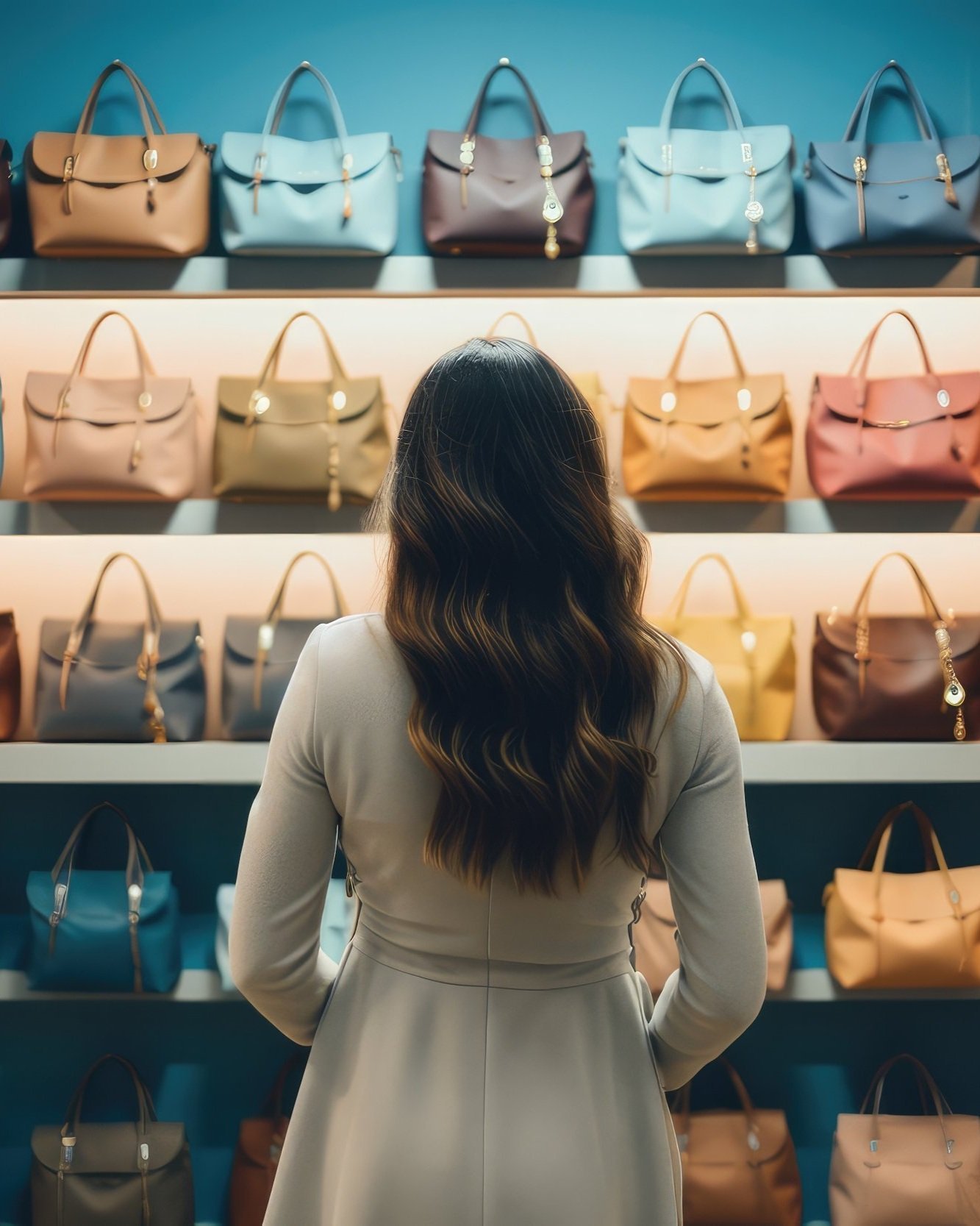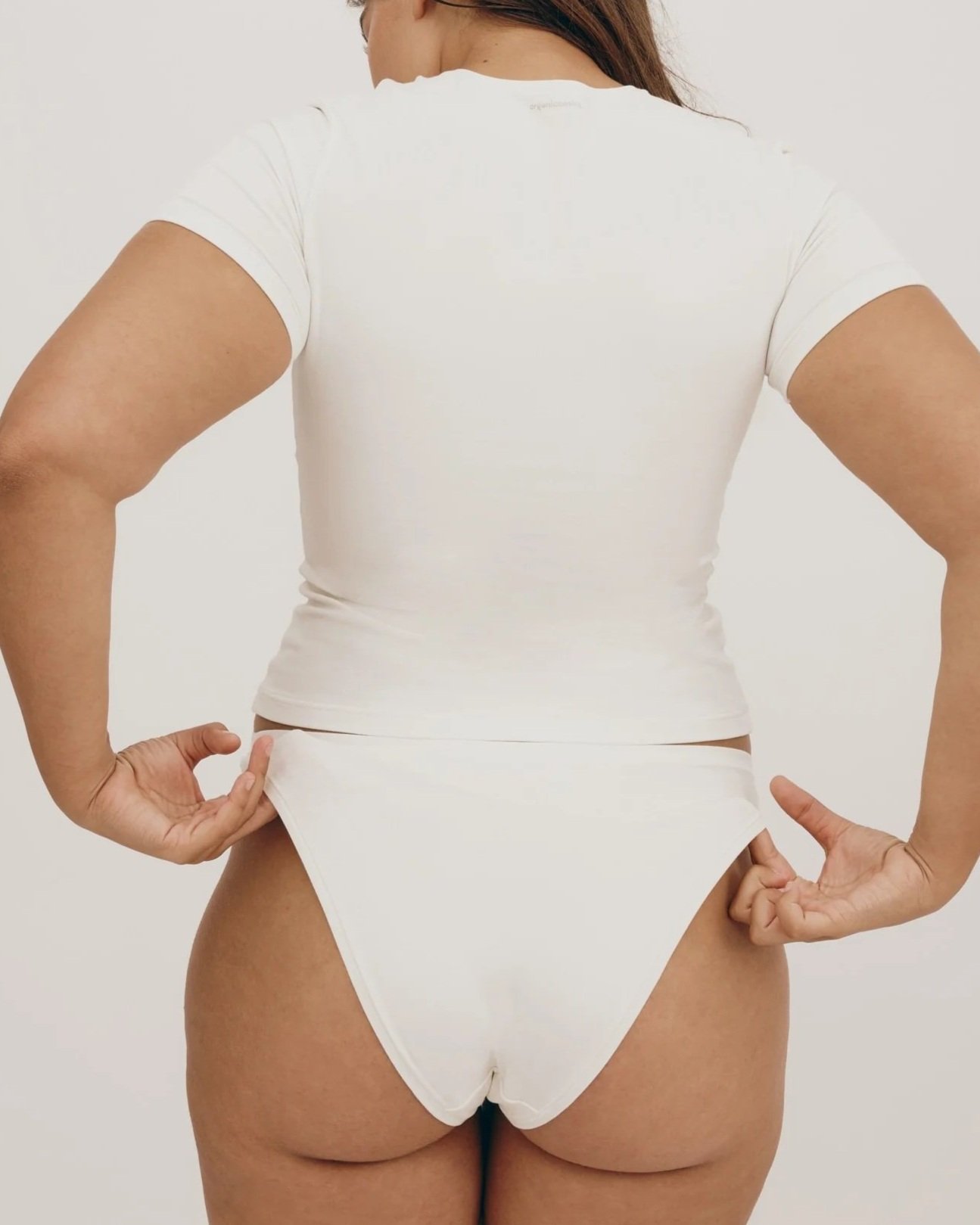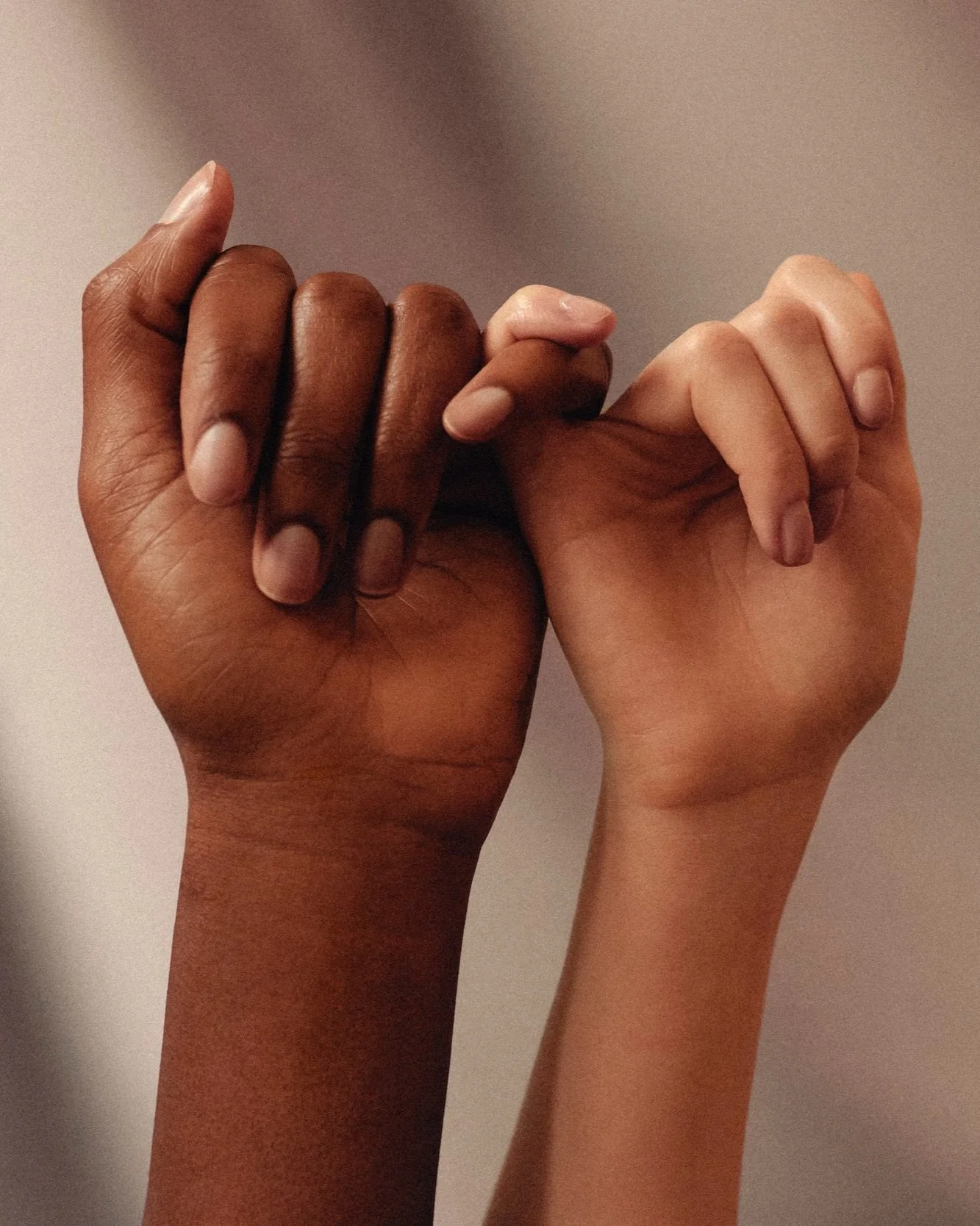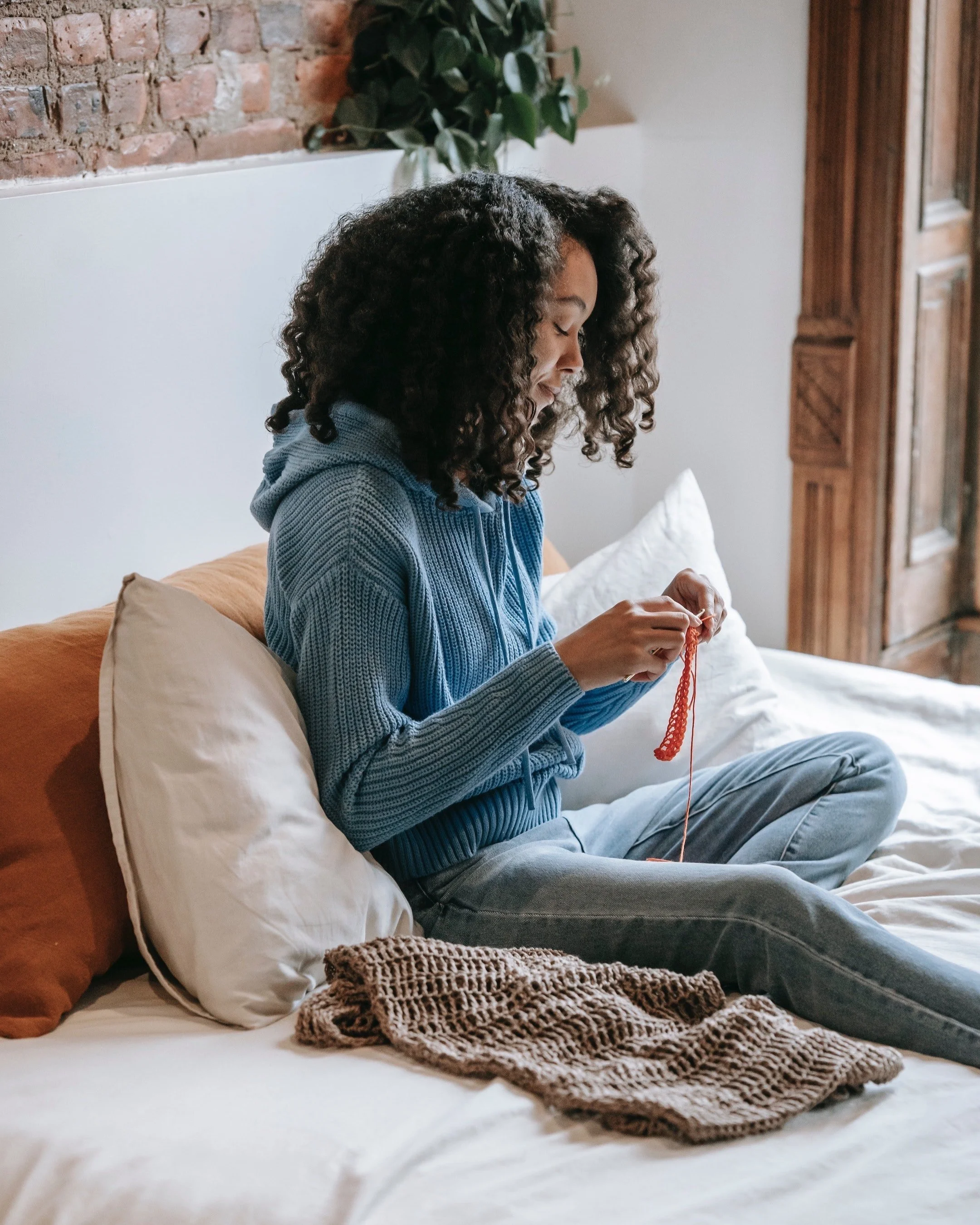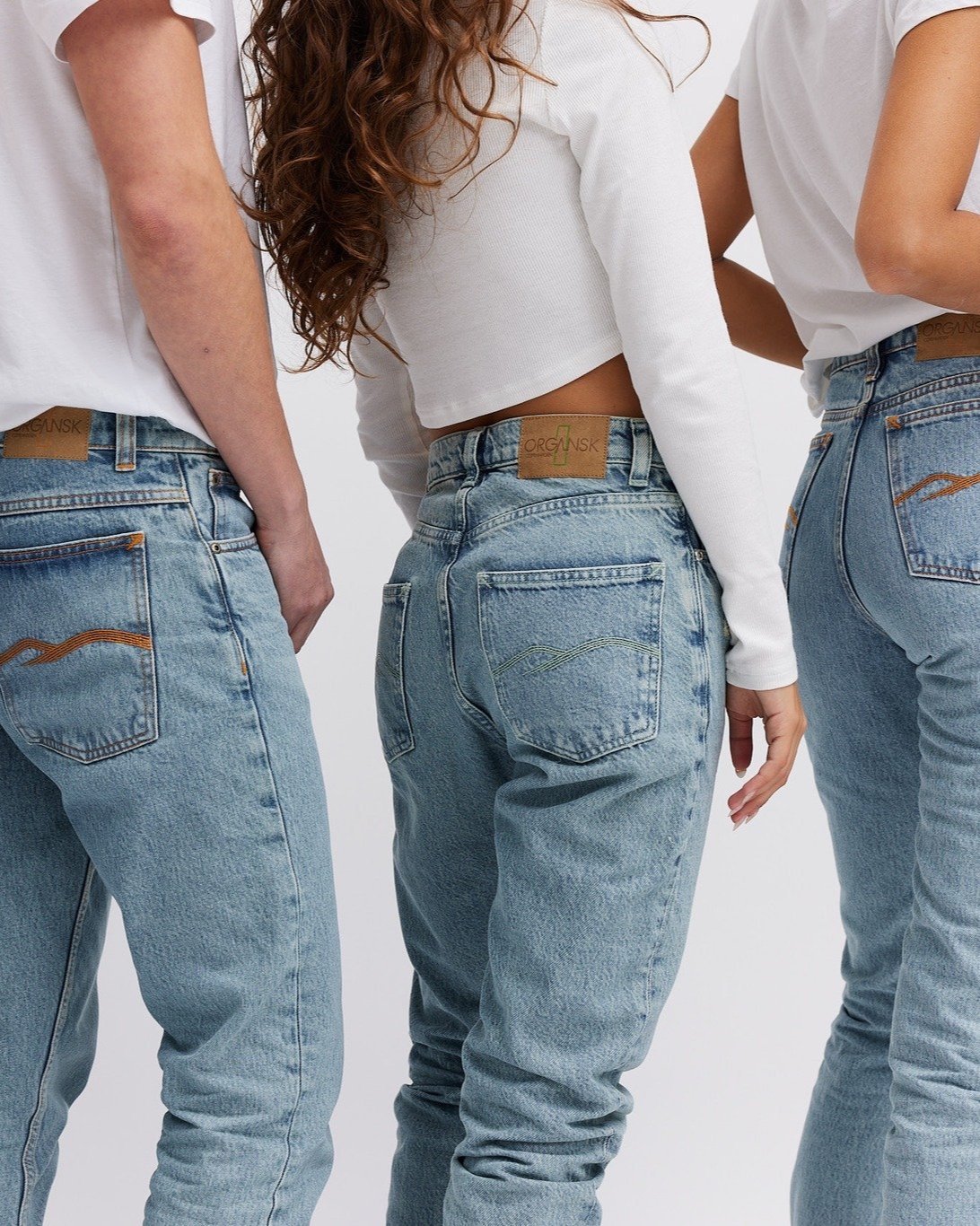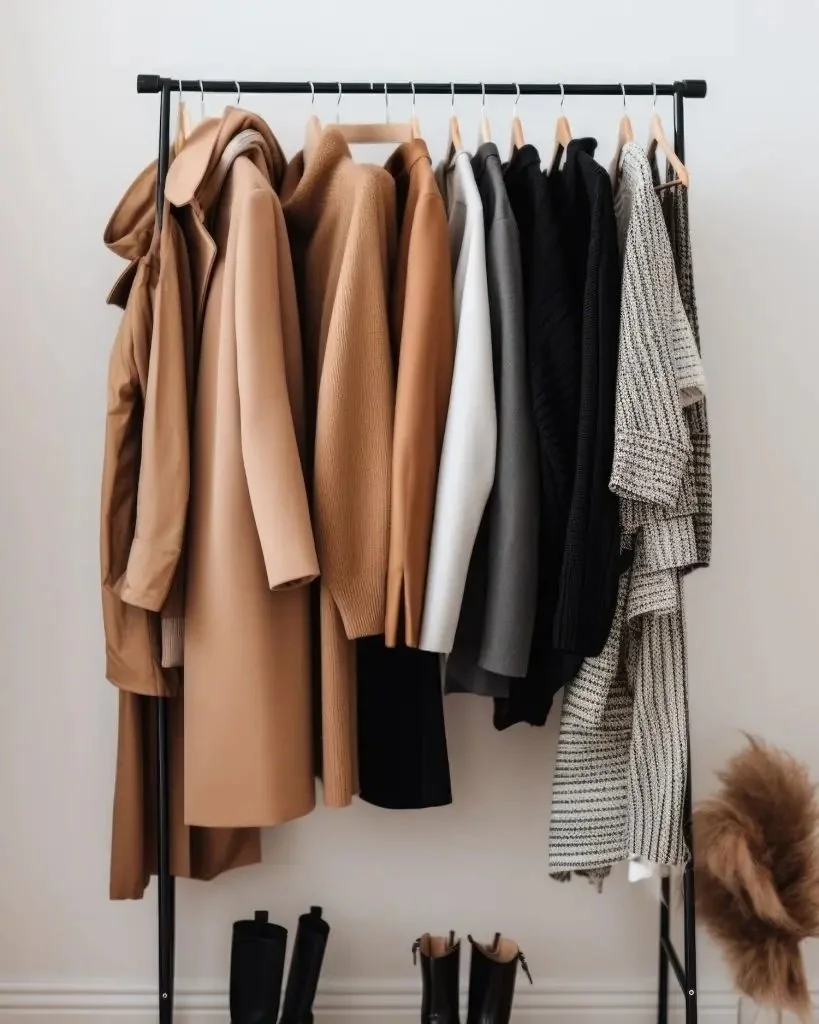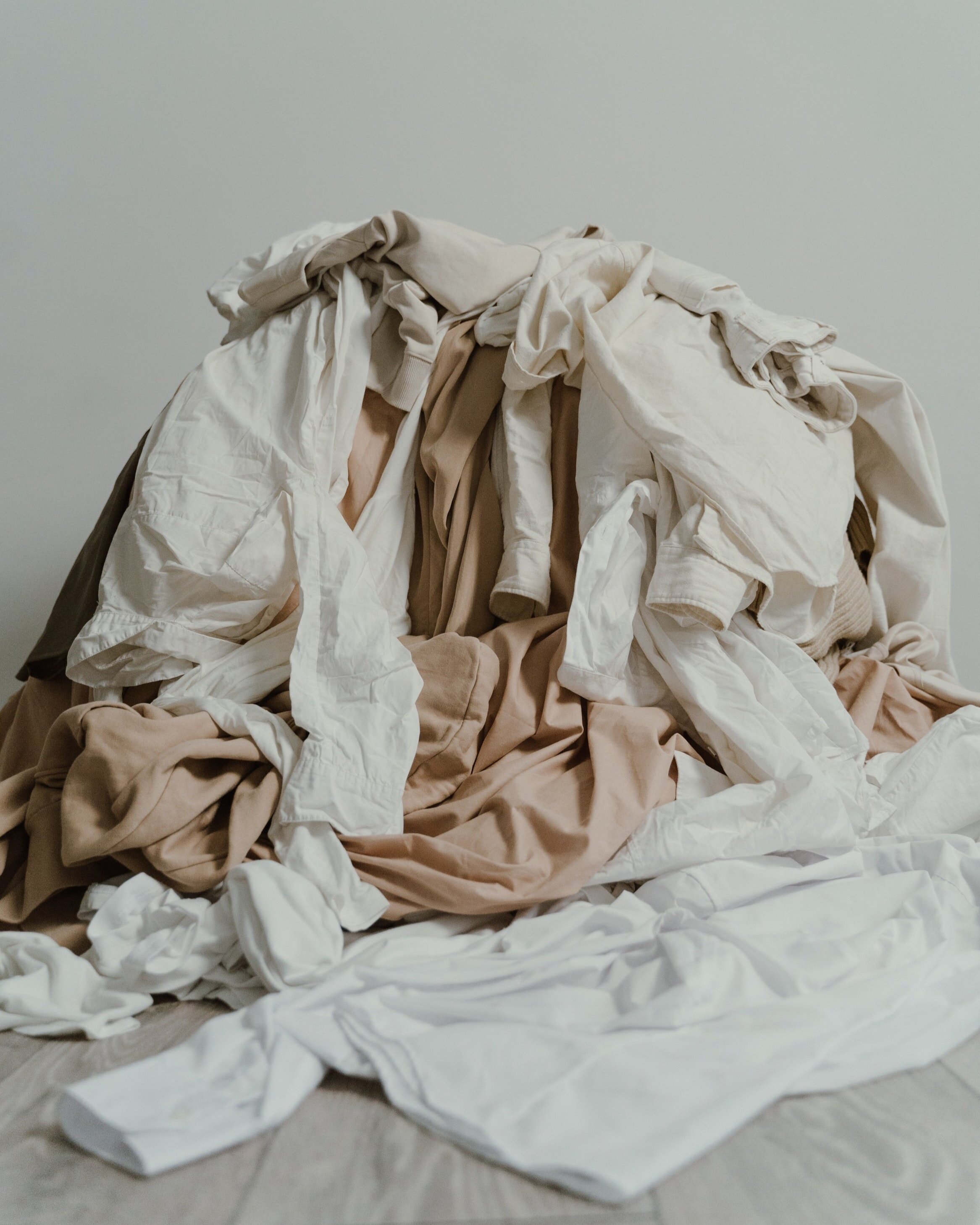How To Transition to Slow Fashion
There are plenty of good reasons for wanting to steer clear of fast fashion: the environmental impact of its synthetic fabrics, the exploitation of textile workers, and designs from indie designers popping on an ultra-fast-fashion brand's website.
While your sustainable fashion journey is an exciting one to go on, starting might feel daunting. If you'd like to get involved with sustainable fashion but have more questions than answers, then you're in the right place.
With this little guide to transitioning to sustainable fashion, we will help you switch to a "slow fashion mind-set," learn how to move your first steps in the world of fashion activism, and embark on a sustainable fashion journey catered to you because sustainable fashion is not a one-size-fits-all.
What is Slow Fashion?
The slow fashion movement was created to counteract the fast fashion industry's harmful environmental and ethical impacts. Instead of impulse, needless spending, slow fashion insists on consumers taking their time before purchasing a new piece of clothing. It's about buying less and buying better, so your closet is built with intention and meant to last.
Your sustainable fashion journey should work for you
While there is no universally accepted definition of sustainable fashion, a handy description might be fashion that does as little harm as possible to the planet and its inhabitants.
This quite broad definition is fitting as people's ideas of sustainable fashion vary greatly. So what does that mean for you and your sustainable fashion journey?
It means that rather than replicating someone else's journey, it might be more fulfilling and more effective to look at your lifestyle, habits, and financial situation to understand how you can personally make more conscious choices.
Start from your shopping habits
A helpful way to kick off this process can be to make an inventory of your closet. Unsurprisingly, taking a good look at it might tell you a lot about your shopping habits, what's missing in your wardrobe, and what you might have plenty of already.
If you have been on a tight budget for a while, you might notice that you have just what you need or need a few key pieces. If you're someone with more disposable income who enjoys retail therapy regularly, you might have plenty of clothes you have barely worn.
For those who already have all the clothes they need or more, buying less and focusing on maintaining and caring for the pieces you already have are the best goals for now. If you need to purchase new garments instead, consider looking at more sustainable alternatives to fast-fashion brands.
Eliminate or reduce your fast-fashion purchases
Fast-fashion brands are ubiquitous these days. You probably find them all over your social media feed, and their website immediately pops out when you look for a specific item of clothing like "high-waisted jeans" or "black t-shirt" online. No wonder you and most people you know have likely purchased something from these brands at some point.
For many people, fast fashion is the only accessible option when purchasing new clothes; if that sounds like you, reducing your purchases if you aren't already being frugal for financial reasons might be the most viable path to cut fast-fashion purchases.
If you instead shop quite a bit and have access to better, fairer alternatives to fast fashion brands, then a detox "out-of-sight, out of mind" treatment could be what you need. Unsubscribe from fast-fashion newsletters and unfollow them on social media to avoid FOMO-induced impulse purchases. You can also unfollow influencers that heavily promote these brands if you know their content pushes you to shop.
By being more conscious of what you consume online, your social media feeds and inbox feed won't be inundating you with content about sales and new collections whose ultimate goal is to get you to shop. You will also enjoy a more curated, intentional online experience aligned with your values.
Fast fashion alternatives
Regardless of how much you shop now, you may need to purchase something new from time to time in the future. When the time comes, you can choose to support sustainable fashion brands whose ethics and style align with your own if you can invest more in your new pieces.
Thrifting, too, is a great sustainable option. It can be a fantastic way to support local businesses and find unique pieces, and tends to be more budget-friendly. If you have more disposable income and want to give thrifting a go, avoid shopping from very affordable thrift stores in low-income areas to ensure that the members of local communities who shop there can find what they need.
Finding sustainable fashion brands
Most sustainable fashion brands do not have the massive budgets of fast fashion brands, so their reach is much smaller. That's why at the beginning of your sustainable fashion journey, finding sustainable brands you can trust might seem like looking for a needle in a haystack.
In this situation, though, the internet comes to your aid with plenty of content creators and companies showcasing sustainable fashion brands, like the app "Good on you," which rates fashion brands, making it easy for you to see which ones are seriously committed to sustainability and which ones still have a long way to go. Here at Sustainably Chic, we have found and shared sustainable brands offering specific clothing items and catering to distinct aesthetics.
You can also find local, sustainable brands you might want to support through the internet. Try looking for "sustainable fashion" plus the name of your city or country to see what your town and region offer in terms of sustainable fashion. Another great option is looking for the "Find a Store" section of your favorite sustainable brands' website and seeing if any stores are selling their pieces in your area.
Learning to love your clothes
Supporting sustainable brands is a way of engaging with sustainable fashion, but having a sustainable closet is not about focusing solely on what kind of company makes the clothes you buy. It's essential to take a more holistic approach and switch to a sustainable fashion mind-set, in addition to making more conscious purchasing choices.
That's because, when fast-fashion brands push us to see clothes as disposable items to purchase and then discard as soon as the latest TikTok-fuelled micro-trend inevitably fizzles out, it's easy to separate them from the labor that goes into making them and the impact they can have if we don't take care of them properly.
While this view of clothing is certainly not universal, it's easy to see how the shortening of the trend cycle and the meager prices have made it more pervasive in the past few years. By viewing your clothes as investment pieces to maintain and keep in good condition for as long as possible, we can reverse this trend, at least in our own lives. So shop your closet and have fun re-falling in love with your clothes.
Building slow fashion habits
A great way to cherish the value of clothing is to learn and rediscover skills and past-times that are not as common as they used to be but can help us keep our clothes in excellent condition for longer and also allow us to refresh the pieces that we don't reach for as much anymore.
Mending is the perfect example, as it is a great skill to learn to save money and extend your clothes' life cycle. So try looking up some mending tutorials online if you have time, or even ask an elderly family member to teach you. Even learning to perform basic emergency mending, like sewing back a button, could help keep some of your clothes in your closet for longer.
Since we're talking about needle and thread, embroidery could also be a fun past-time to try out that can help you hide signs of use in your clothes and give them a second chance.
But what to do when your clothes have reached the end of the line? You can wear clothes past their prime as home wear or PJs, and if they are too worn out even for that, you can use them as rags. If you want to give upcycling a try and reuse the fabric instead of throwing the whole piece away, check out Pinterest for fun upcycling projects.
How to engage in fashion activism
People decide to avoid fast fashion and engage with slow fashion instead because, unfortunately, there is a lot wrong with how fast fashion brands conduct business.
While it is fantastic to shop better and take better care of your clothes, we should remember that by engaging with the people that are already trying to change the way much of the fashion industry operates, you can help make fair fashion practices the norm. So support sustainable brands and designers if you can, but let's go beyond that to make sustainable fashion the standard instead of the exemption.
There are a lot of amazing campaigns and organizations pushing for change in the industry and beyond for a safer, fairer textile and fashion industry. For example, you can check out Clean Clothes Campaign, a grassroots global network of over 235 organizations working for an equitable garment and textile industry. You can support these kinds of organizations by donating if you can afford to, following them on social media, sharing their work there and with your loved ones, and learning more through their resources. You can also sign and share petitions like the one organized by the Good Clothes, Fair Pay campaign, which urges for living wage legislation across the garment, textile, and footwear industries. You can also email brands and ask them to do better and get involved at a local level by writing to your local representative to ask them what they're doing for a better fashion industry using the template created by Fashion Revolution.
About the Author:
Roberta Fabbrocino is a journalist specialized in climate change and sustainability-related topics. Her articles have been published in several international eco-publications. Roberta also works as a content writer for sustainable companies.
MAKE SURE TO PIN THE PHOTO BELOW TO SAVE THIS POST FOR LATER!
LOOKING FOR SUSTAINABLE BRANDS? VISIT OUR BRAND DIRECTORY!
Our Brand Directory is home to hundreds of sustainable brands, from makeup to cleaning supplies, from underwear to shoes. We have broken everything down by category for easy shopping, along with discount codes unique to Sustainably Chic viewers.










